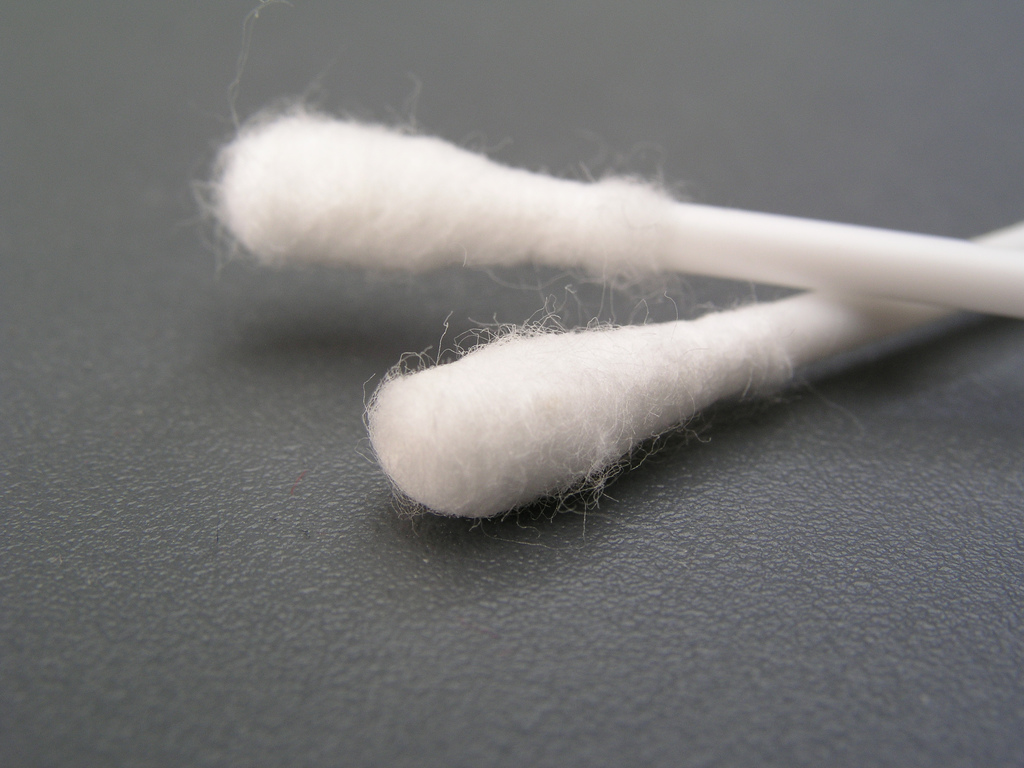
When the patient was cleaning his ear with a Q-tip, a fragment of cotton broke off the tip. The material got trapped in his ear canal and festered there.
The man failed to recall when or how the cotton got broken off from the swab. But the small fragment triggered a dangerous bacterial infection inside his head.
After overrunning the ear canal, the infection spread to the bones at the base of his skull. Then, it progressed upward until it reached the meninges, the protective lining that surrounded the brain.
Fortunately, the bacterial infection stopped at the meninges. But while the disease didn't enter the brain, it still affected the organ.
The patient eventually suffered a seizure and collapsed. He underwent emergency treatment at the University Hospital Coventry (UHC).
Dr. Alexander Charlton served on the team of specialists that treated the man. He believed that the seizure stemmed from either toxic substances made by the bacteria or pressure caused by inflammation. (Related: Pulling off bandages could become less painful in the future, thanks to light.)
U.K. man suffers hearing loss, ear infections and seizure due to a Q-tip stuck in his ear canal
In the case report filed by Charlton and his colleagues, the patient experienced ear-related health problems years before the seizure. He told UHC specialists that he felt pain and suffered hearing loss in his left ear for five years. He also developed two severe infections in that same ear.
Around 10 days before the seizure, his left ear began to hurt and discharge fluids. The left side of his head developed severe headaches that caused him to throw up. He also had trouble remembering the names of people he knew.
The UHC specialists conducted a CT scan on the patient upon his arrival at the hospital. They found a pair of abscesses in the bones at the bottom of the skull. The affected bones were right next to the ear canal.
An abscess is an area of inflamed tissue that contains pus. The proximity of the two abscesses to the ear canal suggested that the bacterial infection started there before spreading out.
The specialists identified the case as necrotizing otitis externa. The soft tissue of the patient's external auditory canal – the part of the ear encompassing the outside parts of the organ and ending at the eardrum – was infected.
Stop using cotton swabs to clean your ears
The treatment started with an exploratory surgery to examine the patient's ear canal for the cause of the problem. The UHC specialists came across a tip belonging to a cotton swab and removed it for examination.
The Q-tip was banged up and enclosed in a mix of dirt and wax. Charlton believed that the swab had spent years inside the ear canal.
The cotton swab might have played a large part in the ear infections experienced by the patient over the years. The third case proved to be the worst and – hopefully – the last.
Following the successful surgery, the patient recuperated in the UHC for nearly a week. He also underwent two months of intravenous and oral antibiotic therapy for his ear infection.
Despite the earlier seizure, the man displayed no long-term problems with his hearing or thinking. He did get told to avoid using Q-tips for ear cleaning in the future.
Charlton said that cotton swabs caused ear infections, impacted ear wax and injured eardrums. He recommended using other methods of cleaning ears.
Sources include:
Please contact us for more information.




















